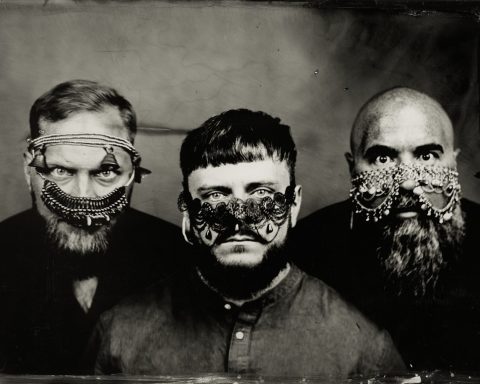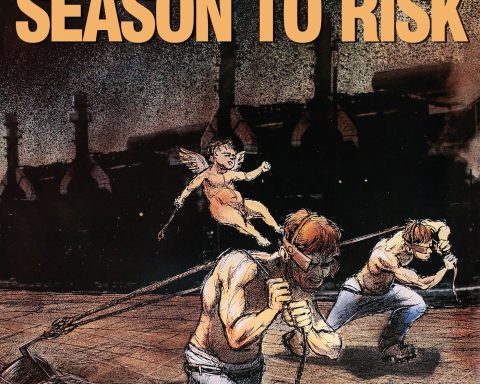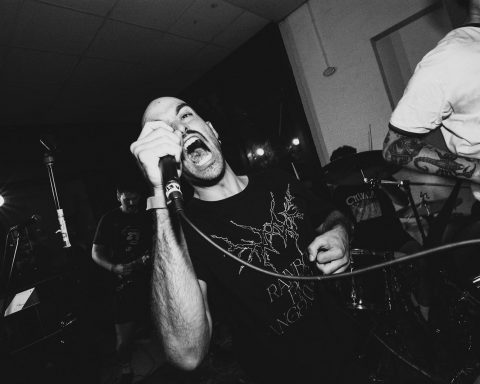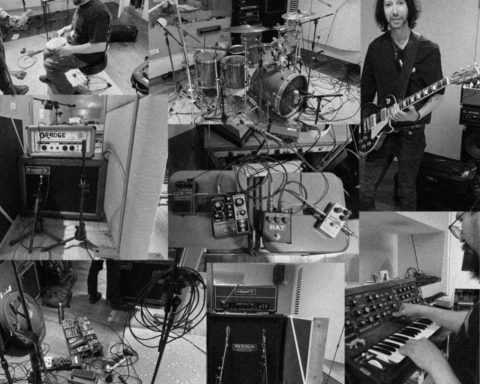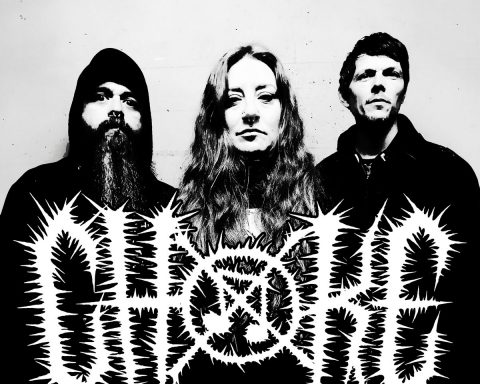The Art of Drowning is now 24 years deep into the archives of AFI’s discography, and it still hits with that eerie, urgent energy that makes you wonder where the time went. Dropping on September 19, 2000, this record was a critical pivot for the band, one that not only ushered them into a new era of sound but sent a ripple through underground punk rock that’s still felt today.
It was the gateway album for countless fans, while for the purists, it was AFI’s last shout before veering off into what some would call uncharted waters.
Released through Nitro Records, The Art of Drowning showed AFI as masters of their own evolution—dark, melodic, and aggressive. By the time “The Days of the Phoenix” hit radio waves, they were on a path that would blur the lines between punk, goth, and melodic hardcore.
They weren’t shy about letting horror punk vibes breathe throughout the album either, but with Jade Puget’s guitar work and Davey Havok’s increasingly introspective lyrics, they were carving out their own space.
From the opener “Initiation” setting the stage with gothic ambiance to the timeless aggression of tracks like “Sacrifice Theory” and “Smile,” the album swings between introspective moments and full-throttle anthems.
Havok’s voice is raw, moving from snarls to melancholic croons as he pushes into darker, more visceral lyrical themes than ever before.
There’s angst, sure, but it’s calculated, refined—the rebellion of kids who started thinking deeper than they had in years past.
Jade Puget, stepping into his own as the band’s guitarist and main songwriter at this point, brought with him a more polished, textured sound.
Tracks like “The Nephilim” and “Wester” are melodic, built on intricate riffs that layered the hardcore foundation. Meanwhile, Hunter Burgan’s bass lines were heavy and driving, a perfect counterbalance to Adam Carson’s relentless drums.
What made The Art of Drowning such a trip was its unpredictability. One moment it’s all sharp hooks and furious energy, and then comes “Morningstar,” closing the album on a more somber note. There’s a ballad-like feel, a quiet mourning that leaves space to breathe before Sing the Sorrow would take it to the next level. Yet even here, the hidden track “Battled” slams the door with raw power, reminding everyone that AFI could still knock you on your ass when they felt like it.
Looking back now, the album’s legacy is still undeniable. This was a line in the sand. AFI didn’t just grow with The Art of Drowning, they left the punk scene with a challenge—adapt or fade. Twenty-four years later, we’re still talking about it, because this wasn’t just a transitional album; it was the moment AFI became a force beyond any one scene.




